Home>Maintenance & Safety>Safety Equipment & Products>How To Childproof Corners Of Furniture
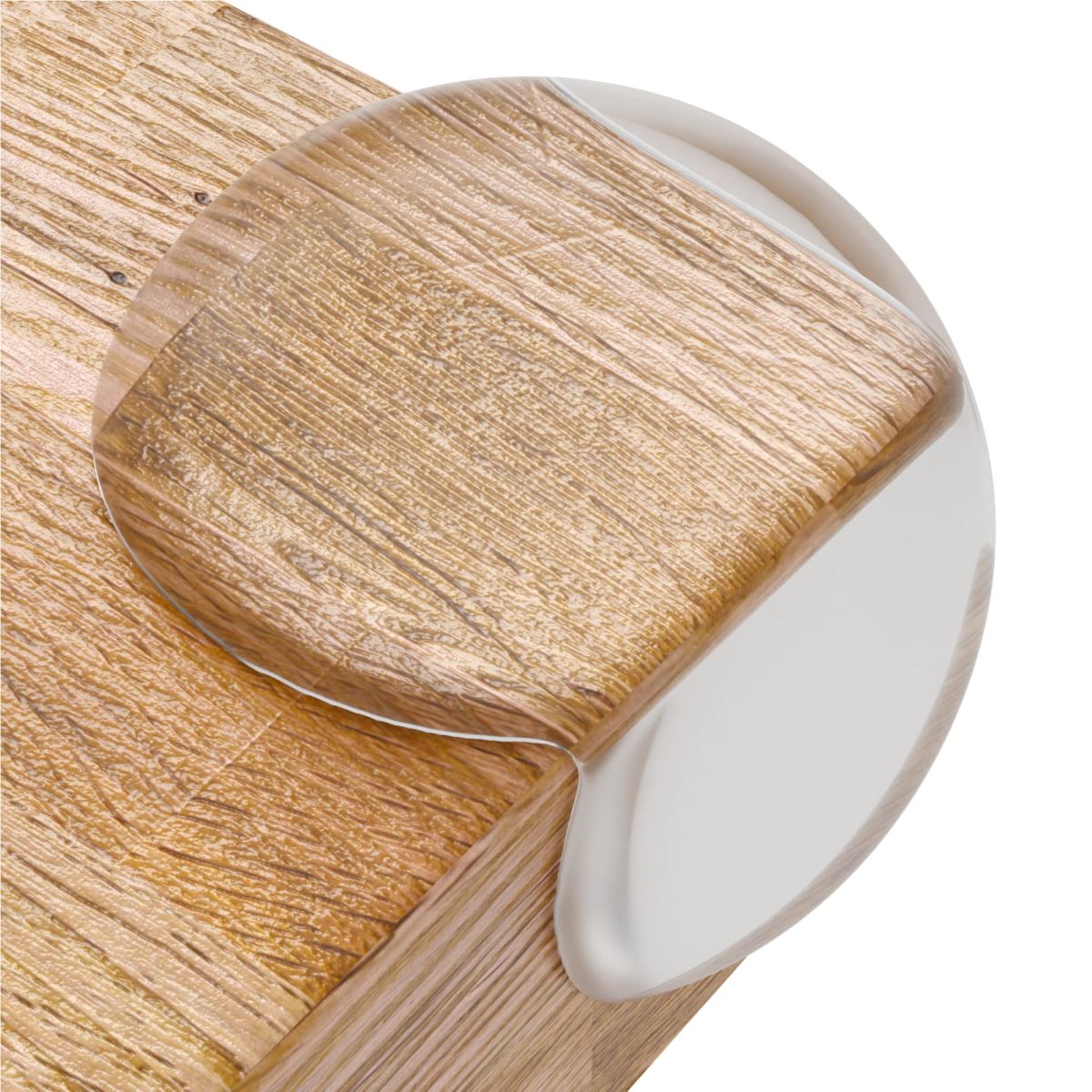

Safety Equipment & Products
How To Childproof Corners Of Furniture
Published: January 5, 2024
Learn how to childproof the corners of your furniture with safety equipment and products. Keep your little ones safe at home with these simple tips and tricks.
(Many of the links in this article redirect to a specific reviewed product. Your purchase of these products through affiliate links helps to generate commission for Storables.com, at no extra cost. Learn more)
Introduction
Childproofing a home is a vital aspect of parenting, ensuring the safety and well-being of your little ones as they explore their surroundings. One common concern for parents is the risk of children bumping into sharp corners of furniture, which can result in painful injuries. Fortunately, there are effective solutions to mitigate this risk and create a safer environment for your child to thrive in.
In this comprehensive guide, we will delve into the essential steps for childproofing the corners of furniture. From assessing potential risks to selecting the right childproofing products and installing corner protectors, we will provide you with valuable insights and practical tips to safeguard your child from potential accidents.
As a parent, your child's safety is of utmost importance, and taking proactive measures to childproof your home demonstrates your commitment to providing a secure and nurturing environment. By implementing the strategies outlined in this guide, you can significantly reduce the risk of injuries and create a home that is conducive to your child's growth and exploration.
Join us as we embark on this journey to enhance the safety of your home and protect your little ones from the hazards that lurk within its corners. Let's empower you with the knowledge and tools needed to childproof the corners of your furniture effectively, giving you peace of mind as your child roams and plays in their home environment.
Key Takeaways:
- Childproofing furniture corners is crucial for keeping kids safe. Assess risks, choose durable protectors, and involve kids in installation for a secure home environment.
- Strategic furniture placement and regular safety audits enhance childproofing efforts. Encourage safe play areas and open communication to promote a mindful and secure home.
Assessing the Risks
Before diving into the process of childproofing the corners of furniture, it’s crucial to assess the potential risks that exist within your home environment. Start by conducting a thorough evaluation of the furniture in each room, paying close attention to items with sharp edges and corners. Common culprits include coffee tables, side tables, and countertops, as well as furniture with protruding edges that pose a threat to a child’s safety.
Observe your child’s behavior and movement patterns to identify areas where they are most likely to encounter these hazardous corners. Additionally, consider the layout of your living spaces and the frequency of your child’s activities in different areas of the home. This assessment will provide valuable insights into the specific areas that require immediate attention and childproofing measures.
Furthermore, take note of any existing incidents or near-misses involving furniture corners. These occurrences serve as red flags, highlighting the urgency of implementing protective measures. By understanding the unique risks present in your home, you can tailor your childproofing efforts to address specific concerns, effectively mitigating potential dangers.
It’s important to approach this assessment with a keen eye for detail, as even seemingly innocuous furniture corners can pose significant risks to a curious and energetic child. By gaining a comprehensive understanding of the potential hazards, you can proactively address them and create a safer environment for your child to explore and play in.
Remember, the goal of this assessment is to identify and prioritize the areas that require immediate attention, allowing you to proceed with confidence as you embark on the childproofing journey. With a clear understanding of the risks at hand, you are better equipped to select the most suitable childproofing products and implement them effectively, ultimately safeguarding your child from avoidable accidents.
Choosing Childproofing Products
When it comes to childproofing the corners of furniture, selecting the right products is essential to effectively mitigate potential risks. There is a wide array of childproofing products available, each designed to address specific safety concerns and cater to various types of furniture. Before making your purchase, consider the following factors to ensure that you choose the most suitable childproofing products for your home:
- Material and Durability: Look for corner protectors made from high-quality, durable materials that can withstand regular wear and tear. Soft, impact-absorbing materials such as foam or rubber are ideal for cushioning sharp corners and minimizing the impact of collisions.
- Adhesive Strength: Opt for corner protectors with strong adhesive backing to ensure secure and long-lasting attachment to furniture corners. This is particularly important in high-traffic areas where the risk of accidental collisions is higher.
- Aesthetics: Consider the visual appeal of the corner protectors, as they should seamlessly blend with your furniture while providing effective protection. Many childproofing products come in various colors and styles to complement different types of furniture, allowing you to maintain the aesthetic appeal of your home while prioritizing safety.
- Customizability: Look for corner protectors that are adjustable or can be trimmed to fit different corner sizes and shapes. This versatility ensures a snug and tailored fit, enhancing the overall effectiveness of the childproofing solution.
- Easy Installation: Prioritize products that are easy to install, minimizing the time and effort required to childproof your furniture. Simple installation processes contribute to the practicality and convenience of implementing childproofing measures throughout your home.
Before making a purchase, read product reviews and seek recommendations from other parents to gain insights into the effectiveness and reliability of the childproofing products you are considering. Additionally, ensure that the products adhere to safety standards and regulations to guarantee their suitability for childproofing purposes.
By carefully considering these factors and conducting thorough research, you can confidently select childproofing products that align with your specific needs and preferences. Investing in high-quality and reliable corner protectors is a proactive step towards creating a safer environment for your child, providing you with peace of mind as they navigate their surroundings with newfound freedom and curiosity.
Use corner guards or bumpers made of soft, cushioned material to cover sharp edges of furniture. This will help prevent injuries to children from bumping into or falling onto the corners.
Installing Corner Protectors
Once you have chosen the appropriate corner protectors for your furniture, the next crucial step is to ensure their effective installation. Proper installation is paramount in maximizing the protective benefits of these childproofing products and creating a secure environment for your little ones. Follow these steps to install corner protectors with precision and reliability:
- Clean and Dry the Surface: Before applying the corner protectors, thoroughly clean and dry the surface of the furniture corners. Removing any dust, debris, or moisture ensures optimal adhesion and long-term stability.
- Positioning and Alignment: Carefully position the corner protectors on the furniture corners, ensuring proper alignment and a snug fit. Take into account the specific dimensions and shape of each corner to achieve a tailored and effective installation.
- Adhesive Application: Peel off the backing of the adhesive on the corner protectors and firmly press them onto the cleaned corners. Apply even pressure to ensure secure adhesion, allowing the adhesive to bond effectively with the furniture surface.
- Reinforcement and Setting: After applying the corner protectors, reinforce their attachment by gently pressing and holding them in place for a few moments. This helps the adhesive bond to the surface, enhancing the stability of the protectors.
- Allow for Setting Time: Follow the manufacturer’s recommendations regarding setting time, allowing the adhesive to fully bond with the furniture corners. This setting period is crucial in ensuring the longevity and reliability of the installed corner protectors.
Throughout the installation process, pay close attention to the alignment and snugness of the corner protectors, ensuring that they provide comprehensive coverage and cushioning for the sharp edges of the furniture. Additionally, involve your child in the process, explaining the purpose of the corner protectors and emphasizing the importance of safety in their surroundings.
By actively involving your child in the installation process, you can instill a sense of responsibility and awareness regarding safety measures, fostering a proactive mindset that promotes their well-being. Furthermore, this collaborative approach can turn the installation into an educational and engaging activity, strengthening the bond between you and your child while prioritizing their safety.
Upon completing the installation of corner protectors, conduct periodic checks to ensure that they remain securely attached and intact. Address any signs of wear or detachment promptly, replacing or reinforcing the protectors as needed to uphold their effectiveness in safeguarding your child from potential accidents.
Additional Tips for Childproofing Corners
While installing corner protectors is a pivotal step in childproofing your home, there are additional measures and tips that can further enhance the safety of furniture corners and minimize the risk of accidents. Consider the following strategies to fortify your childproofing efforts and create a secure environment for your little ones:
- Strategic Furniture Placement: Reevaluate the placement of furniture to minimize the risk of accidental collisions. Positioning furniture away from high-traffic areas and creating clear pathways for your child’s movement can reduce the likelihood of encounters with sharp corners.
- Supervision and Education: Maintain vigilant supervision of your child, particularly in areas where furniture corners pose a potential hazard. Educate your child about the importance of being cautious around furniture and encourage safe and mindful behavior during playtime and exploration.
- Softening Edges with Cushions: In addition to corner protectors, consider using soft cushions or padding to further cushion the edges of furniture. This extra layer of protection can offer added security, especially for furniture with protruding or angular edges.
- Regular Safety Audits: Conduct routine safety audits of your home, specifically focusing on the condition of corner protectors and the overall effectiveness of childproofing measures. Address any signs of wear, damage, or detachment promptly to uphold the integrity of the protective features.
- Encourage Safe Play Areas: Designate specific play areas within your home that are free from sharp-edged furniture. Creating designated play zones can minimize the risk of accidents and provide a controlled environment for your child to engage in activities safely.
Furthermore, fostering open communication with your child about safety practices and the purpose of childproofing measures can cultivate a heightened awareness of potential hazards and promote responsible behavior. By integrating these additional tips into your childproofing approach, you can proactively address safety concerns and instill a culture of mindfulness and caution within your home environment.
Remember, childproofing is an ongoing process that requires regular assessment and adaptation as your child grows and explores their surroundings. By incorporating these supplementary strategies and remaining attentive to potential risks, you can create a home environment that prioritizes the safety and well-being of your child, allowing them to thrive with confidence and security.
Read more: What Makes Childproof Containers Childproof?
Conclusion
Childproofing the corners of furniture is a fundamental aspect of creating a safe and nurturing environment for your child to thrive in. By embarking on this journey to safeguard your home, you have taken proactive steps to mitigate potential risks and prioritize the well-being of your little ones. Through the assessment of risks, careful selection of childproofing products, and meticulous installation of corner protectors, you have demonstrated your dedication to creating a secure space for your child to explore and play.
As you navigate the process of childproofing, remember that it is not only a practical endeavor but also an opportunity to instill a sense of responsibility and awareness in your child. Involving them in the installation process and educating them about safety practices fosters a proactive mindset and strengthens the bond between you and your child, creating a shared commitment to maintaining a safe environment.
Additionally, the implementation of supplementary tips, such as strategic furniture placement and regular safety audits, further fortifies your childproofing efforts, ensuring that your home remains a haven of security for your child. By integrating these measures into your daily routines, you are nurturing an environment that promotes caution, mindfulness, and safe exploration.
As you continue on this childproofing journey, remember that adaptability and vigilance are key. Regularly reassess the effectiveness of your childproofing measures and make adjustments as needed to address evolving risks and challenges. By remaining attentive and responsive, you can sustain a home environment that is conducive to your child’s growth, curiosity, and well-being.
Ultimately, the commitment to childproofing extends beyond physical measures; it encompasses a culture of safety, communication, and shared responsibility within your home. By embracing this holistic approach, you are not only creating a secure space for your child but also nurturing a foundation of trust, understanding, and care that will resonate throughout their formative years.
Embrace the journey of childproofing as an opportunity to cultivate a home environment that reflects your unwavering commitment to your child’s safety and happiness. Your dedication and proactive approach will lay the groundwork for a childhood filled with joyful exploration, secure in the knowledge that they are cherished and protected within the corners of your loving home.
Frequently Asked Questions about How To Childproof Corners Of Furniture
Was this page helpful?
At Storables.com, we guarantee accurate and reliable information. Our content, validated by Expert Board Contributors, is crafted following stringent Editorial Policies. We're committed to providing you with well-researched, expert-backed insights for all your informational needs.
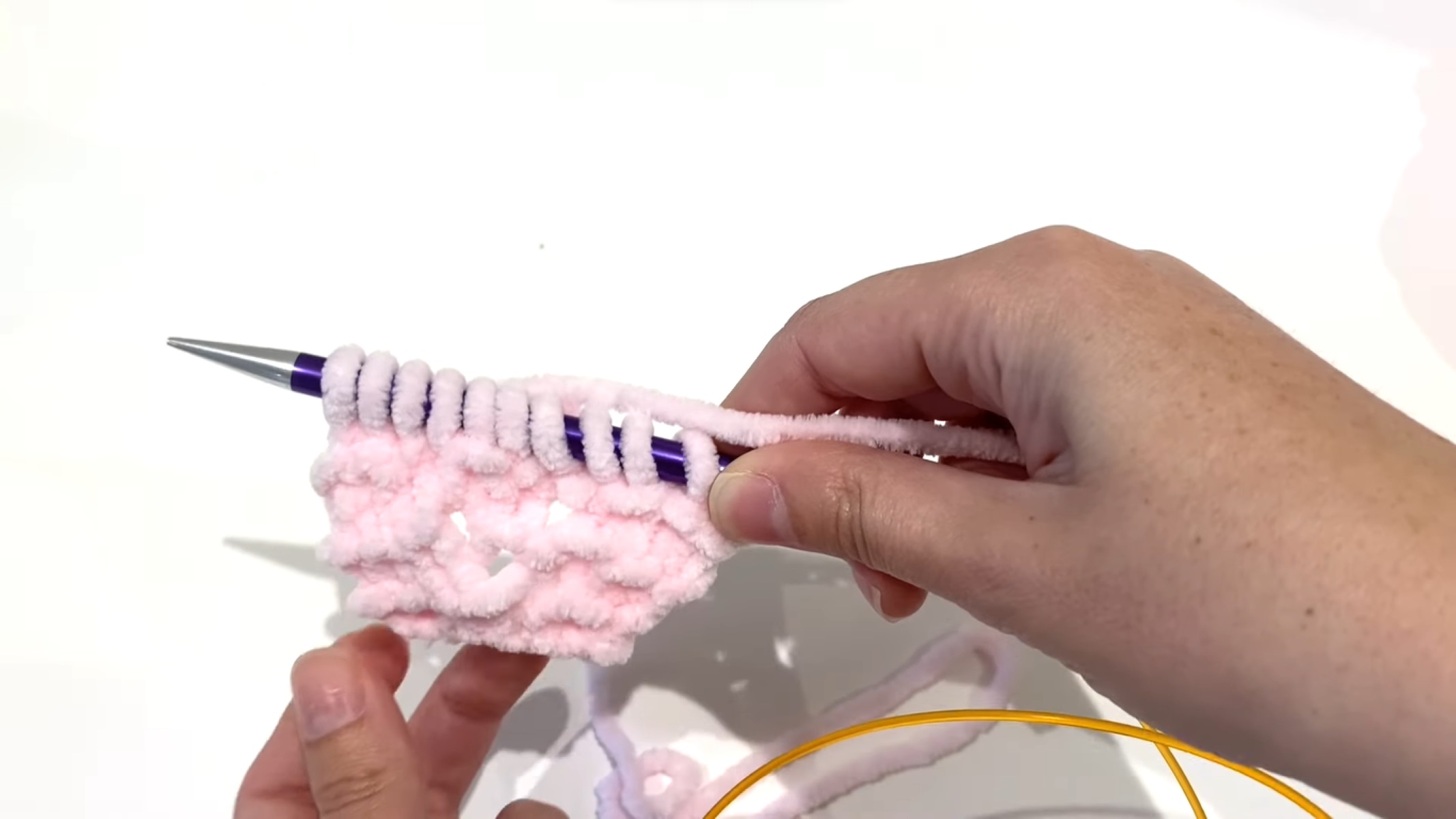
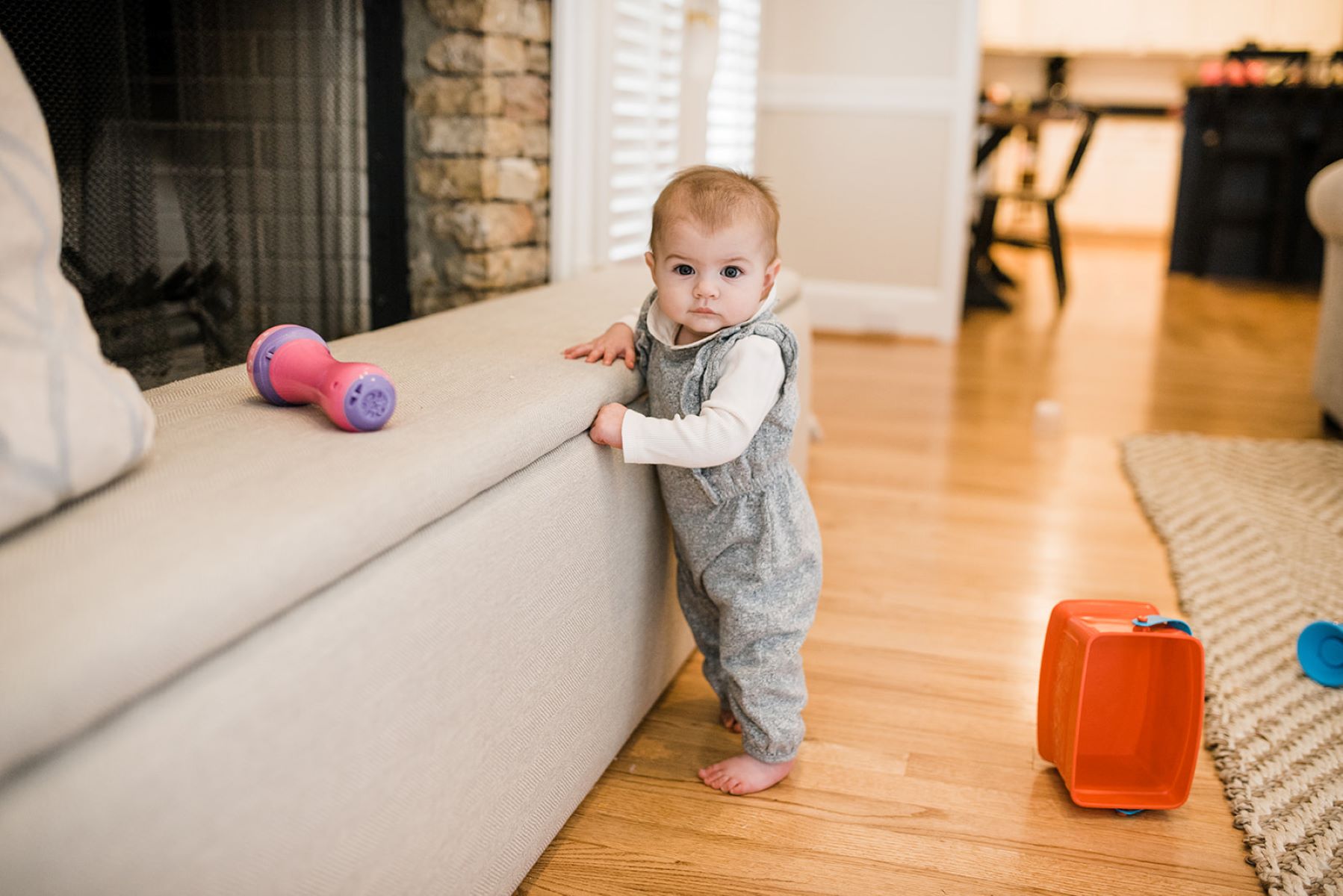
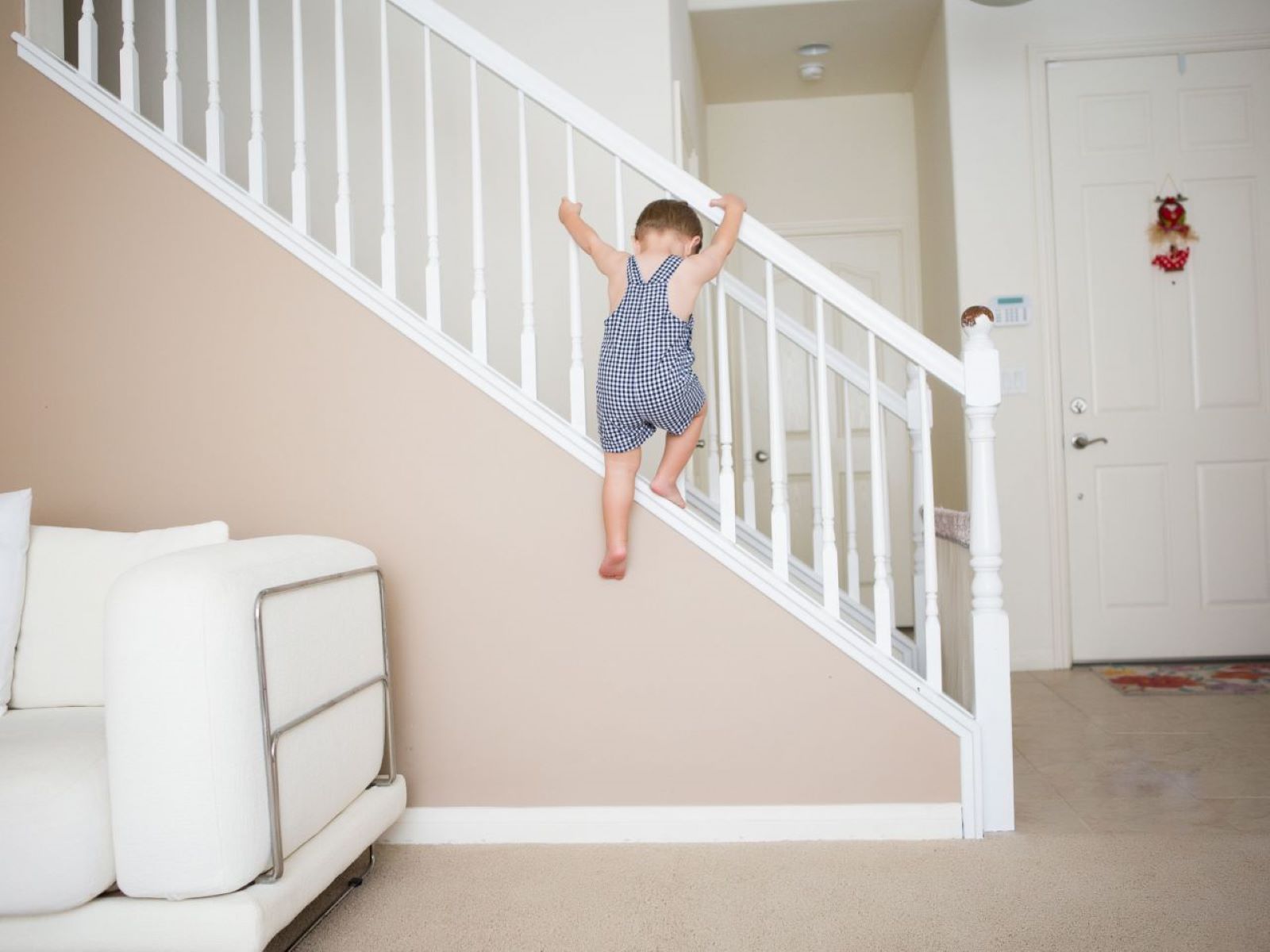

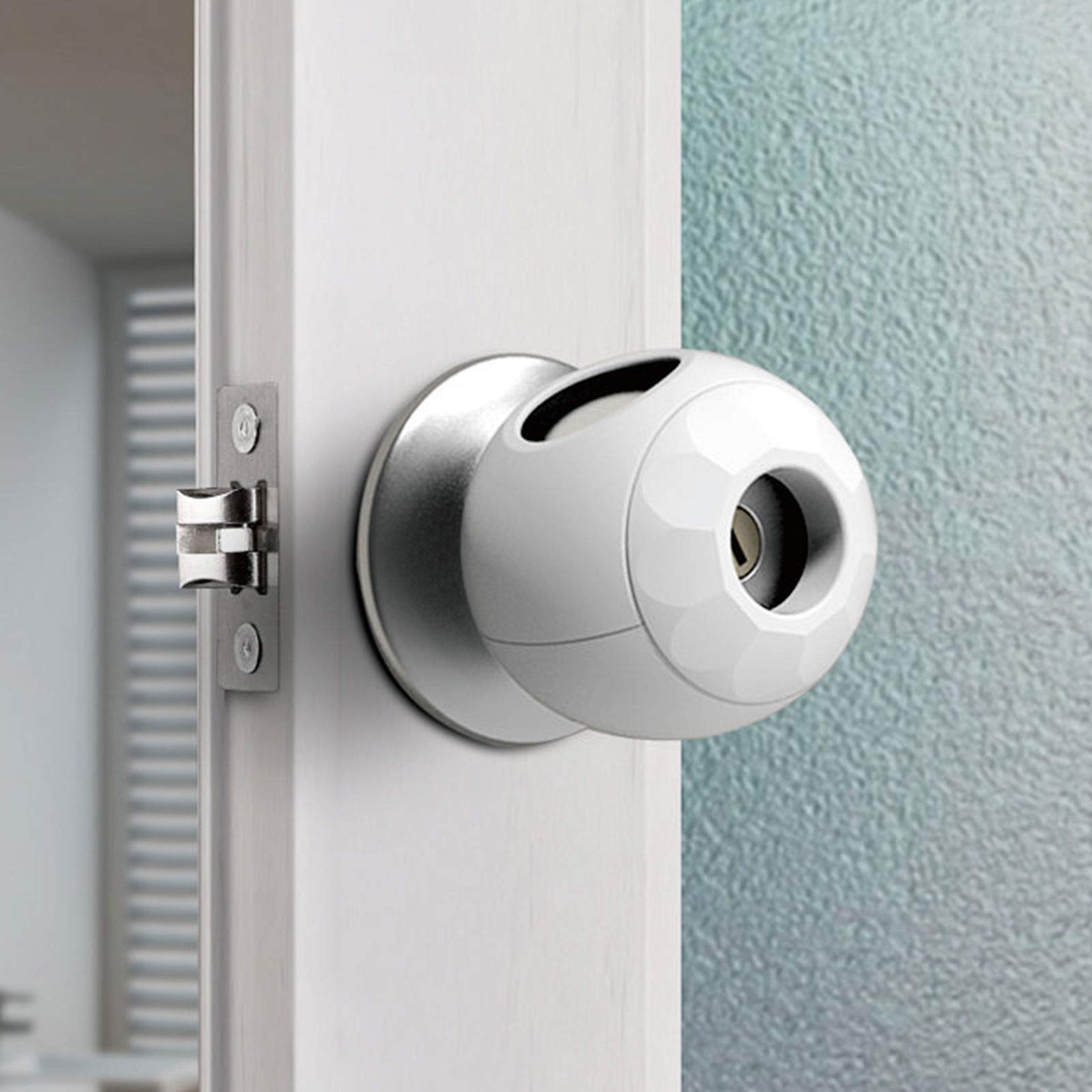

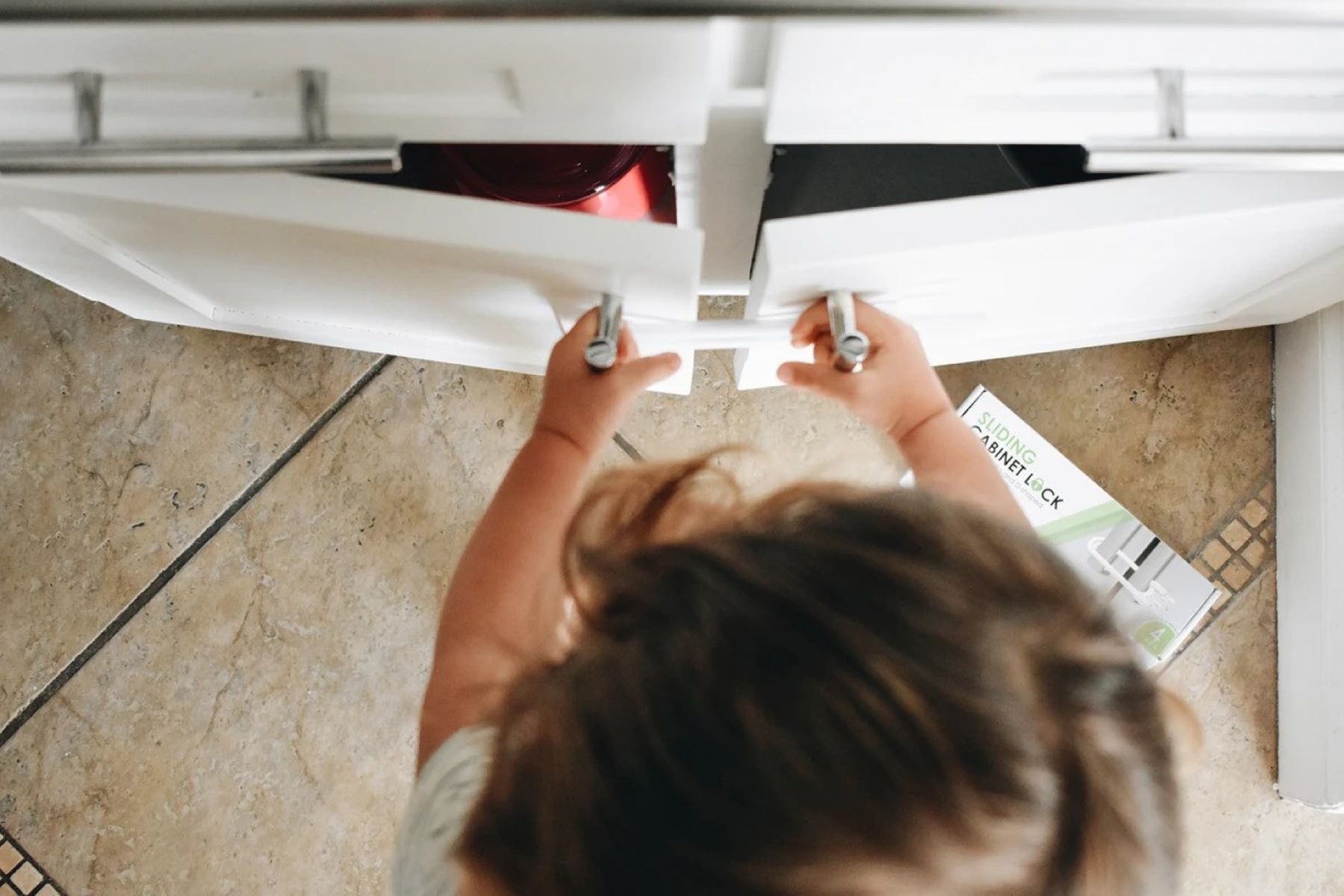
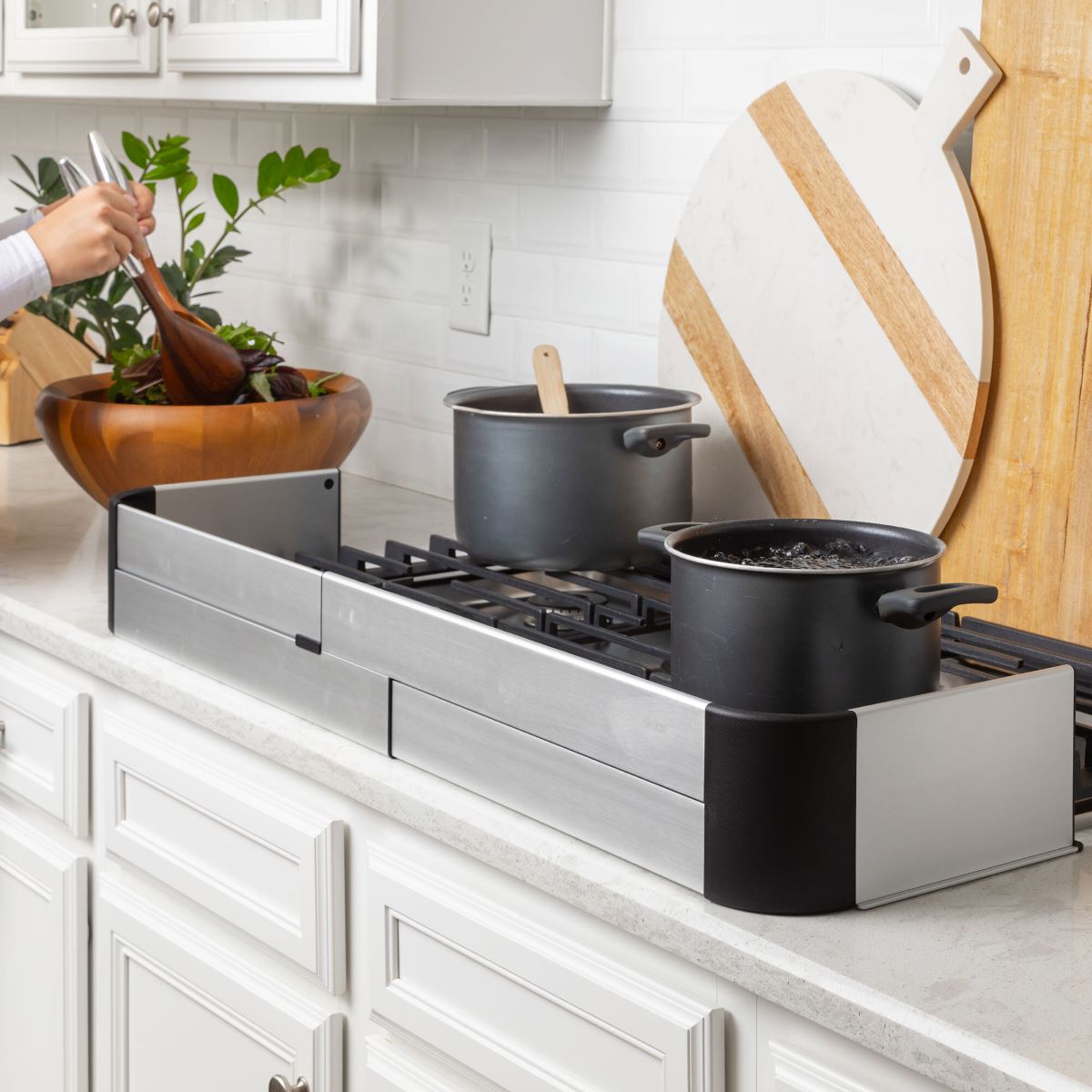
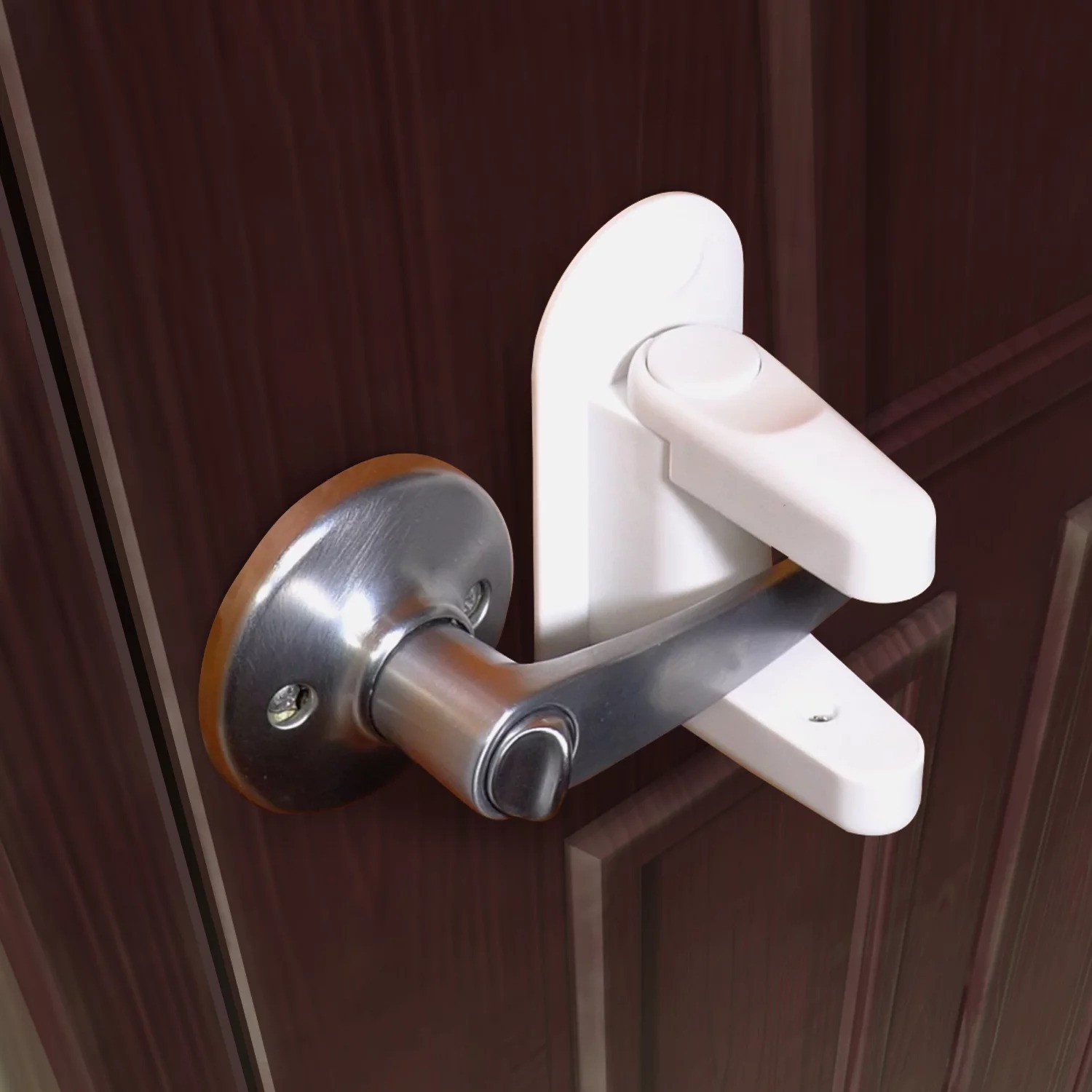
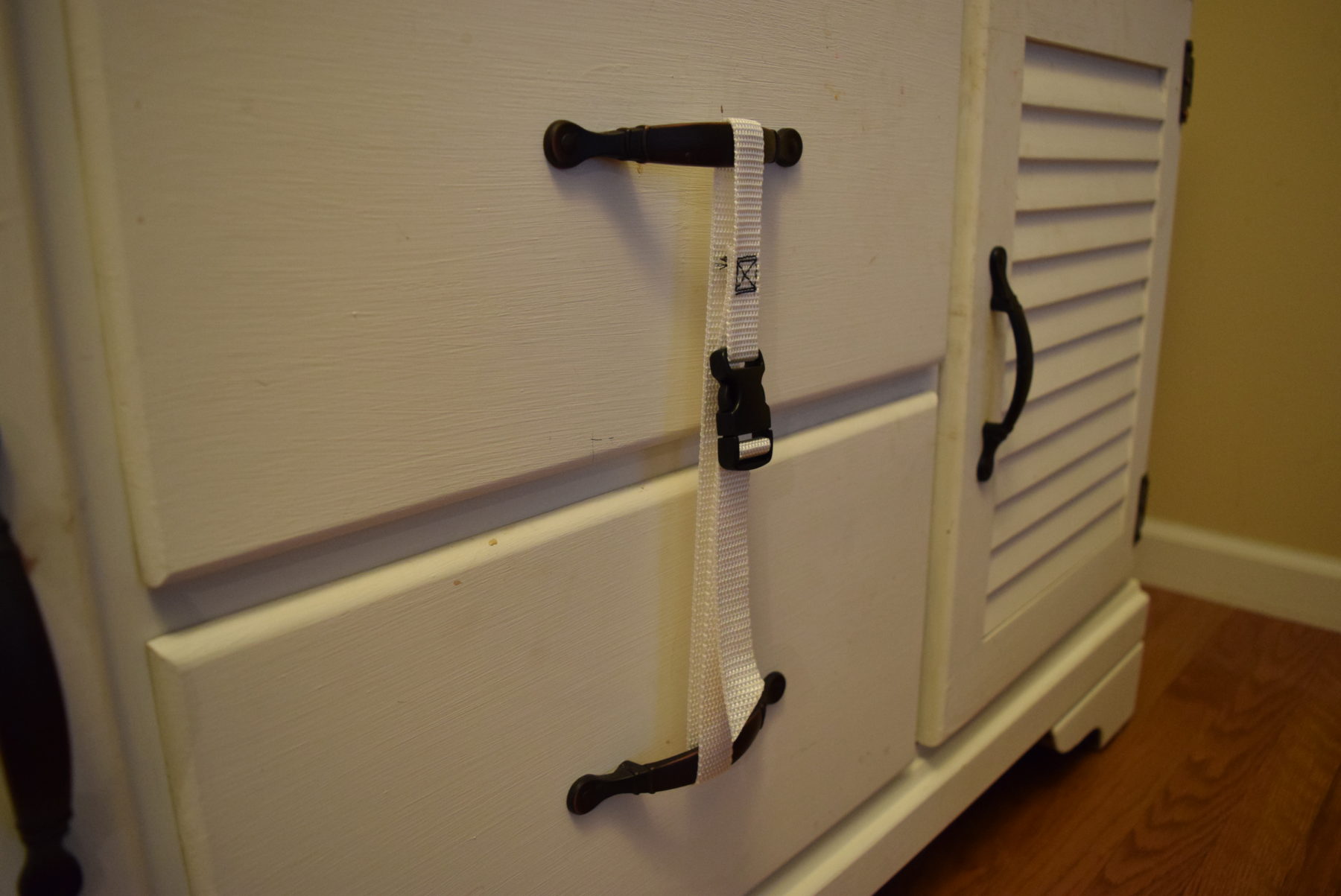
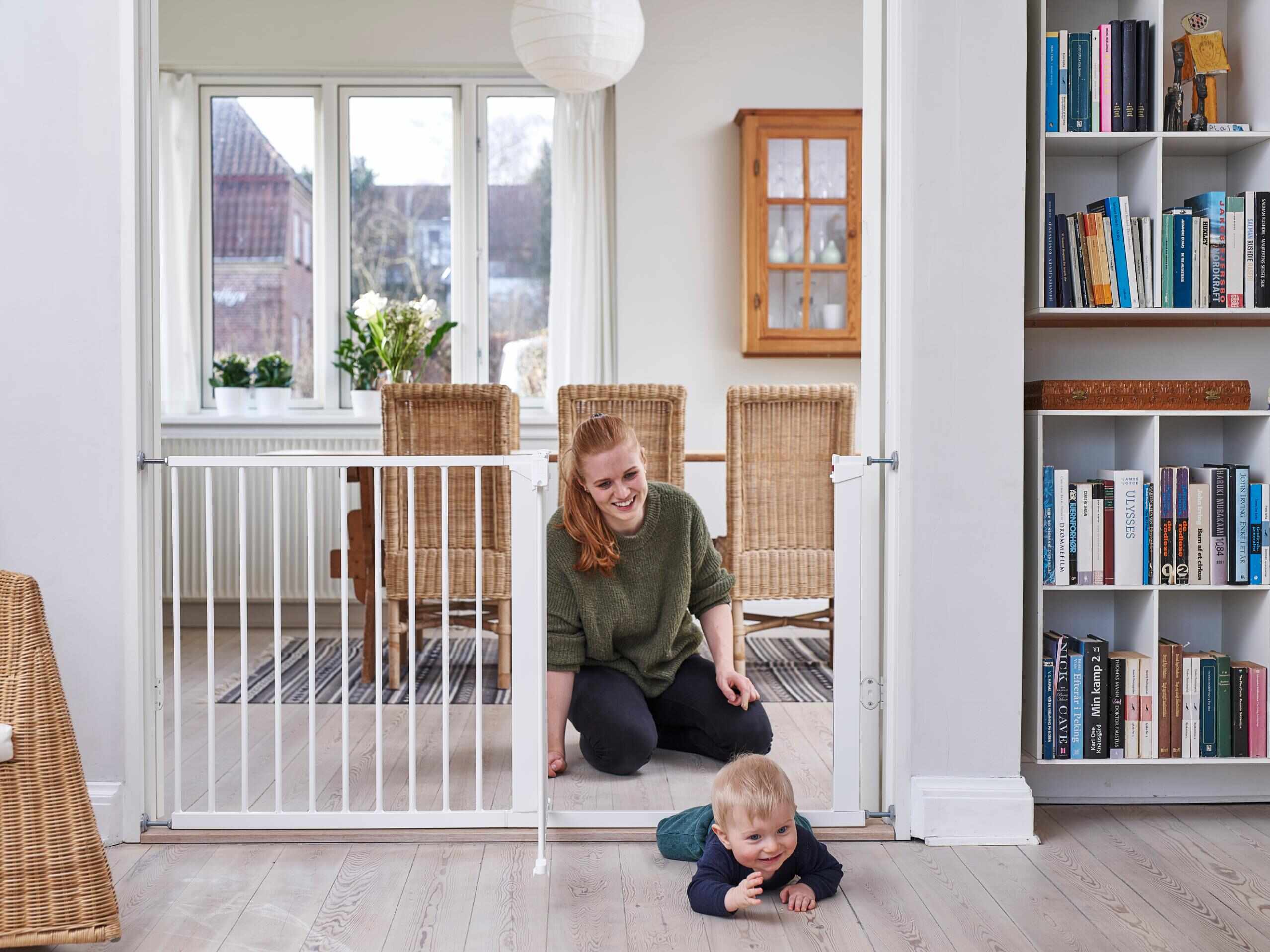

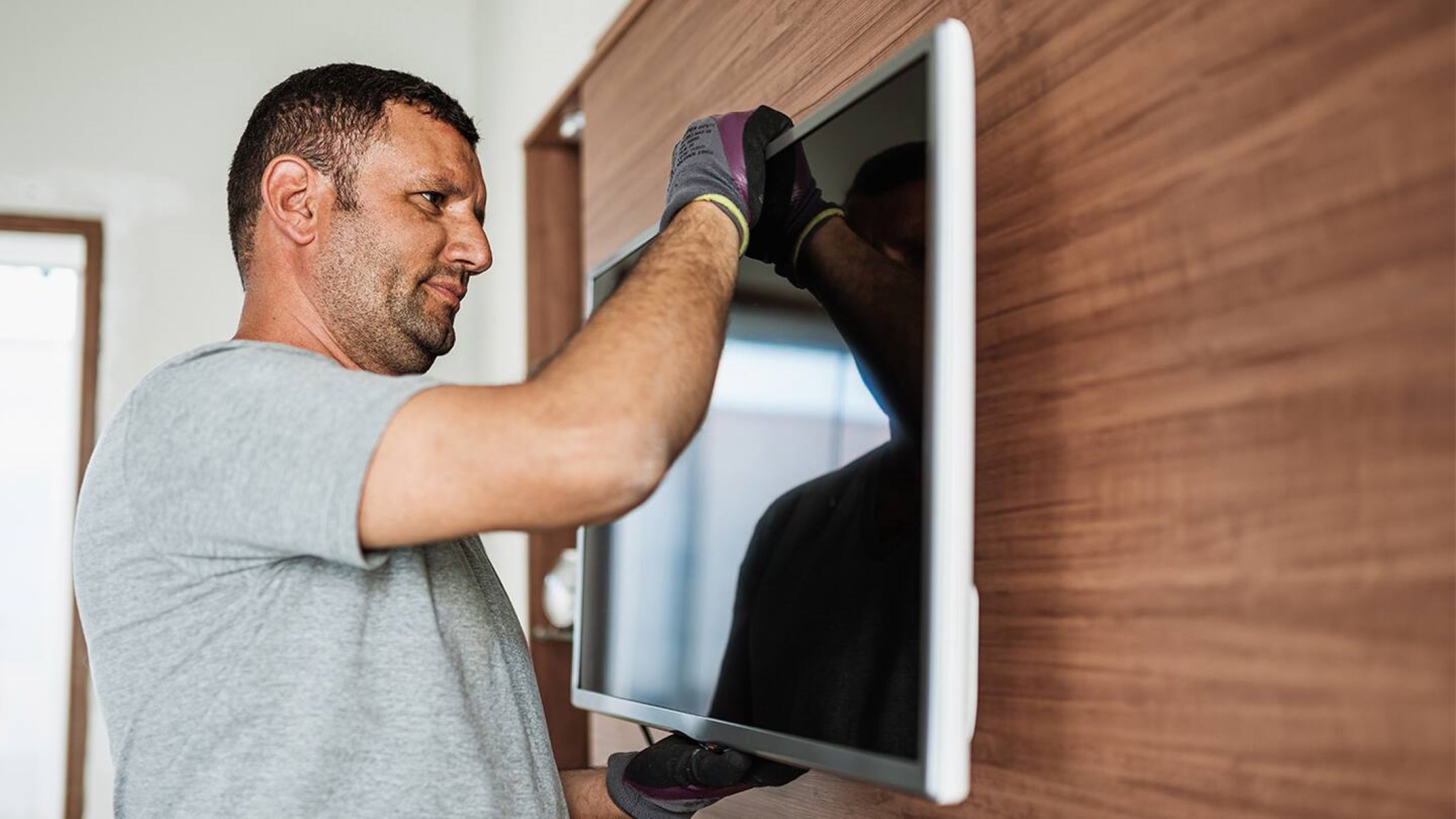
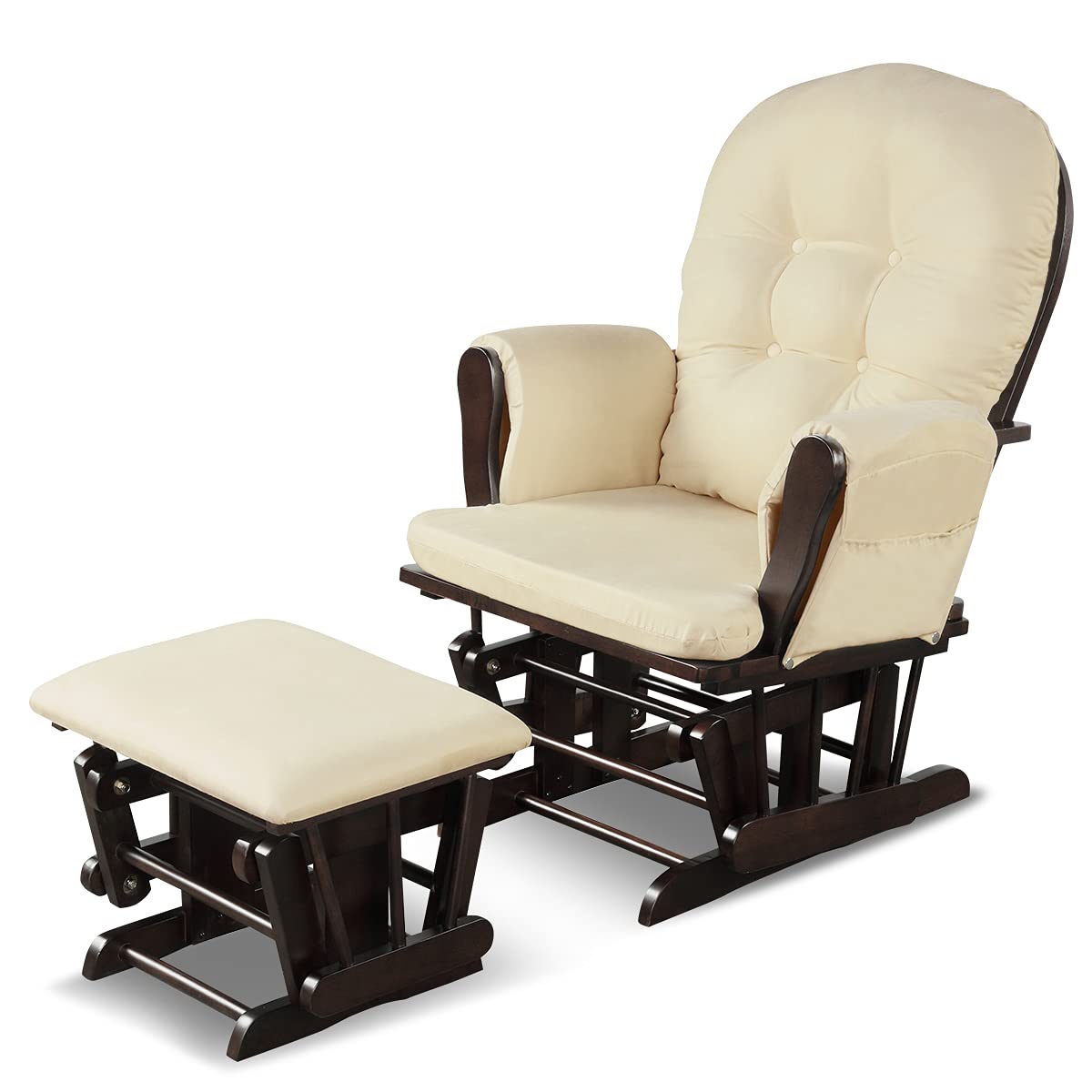

0 thoughts on “How To Childproof Corners Of Furniture”